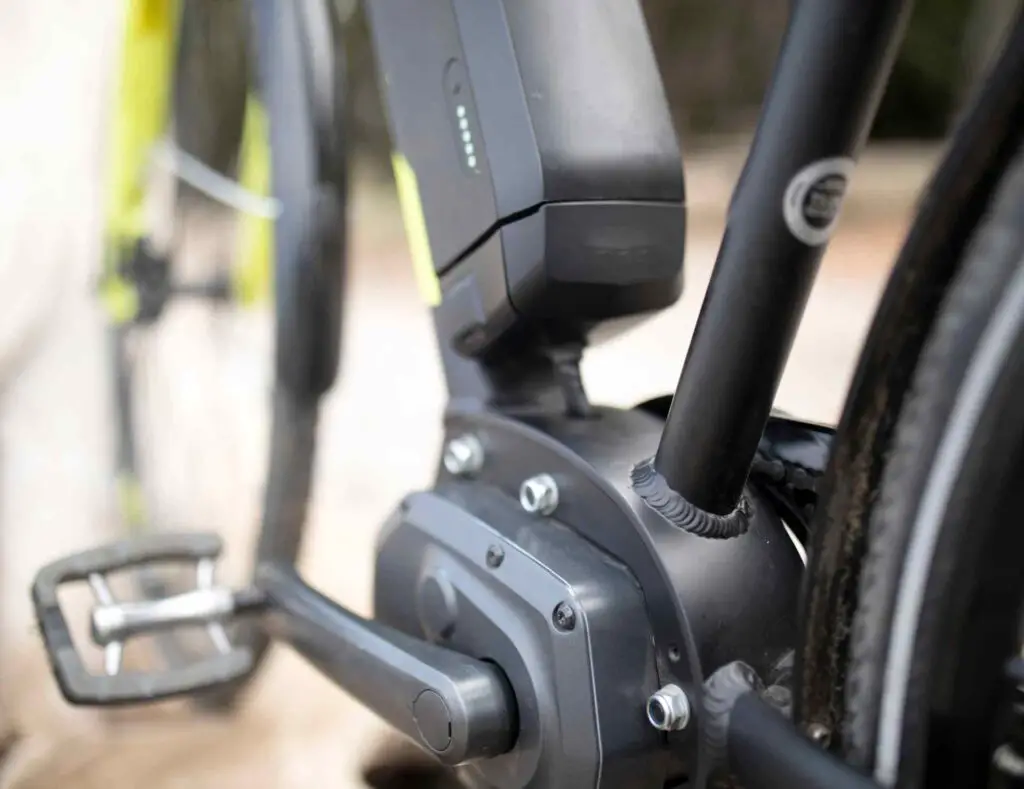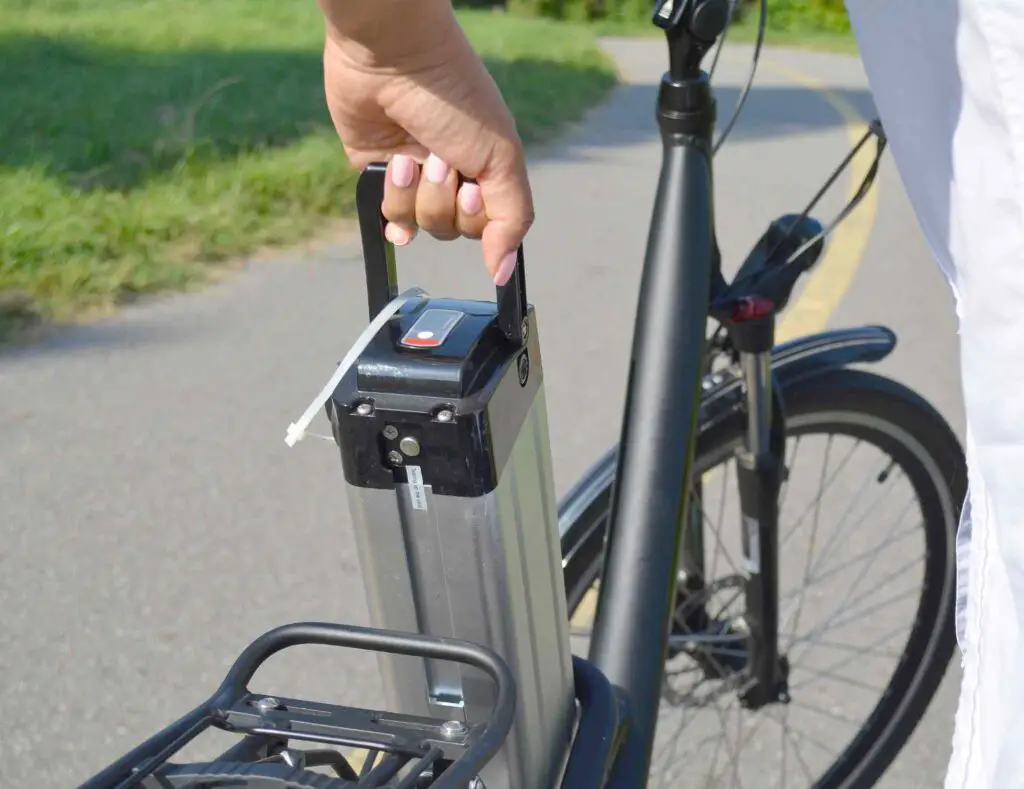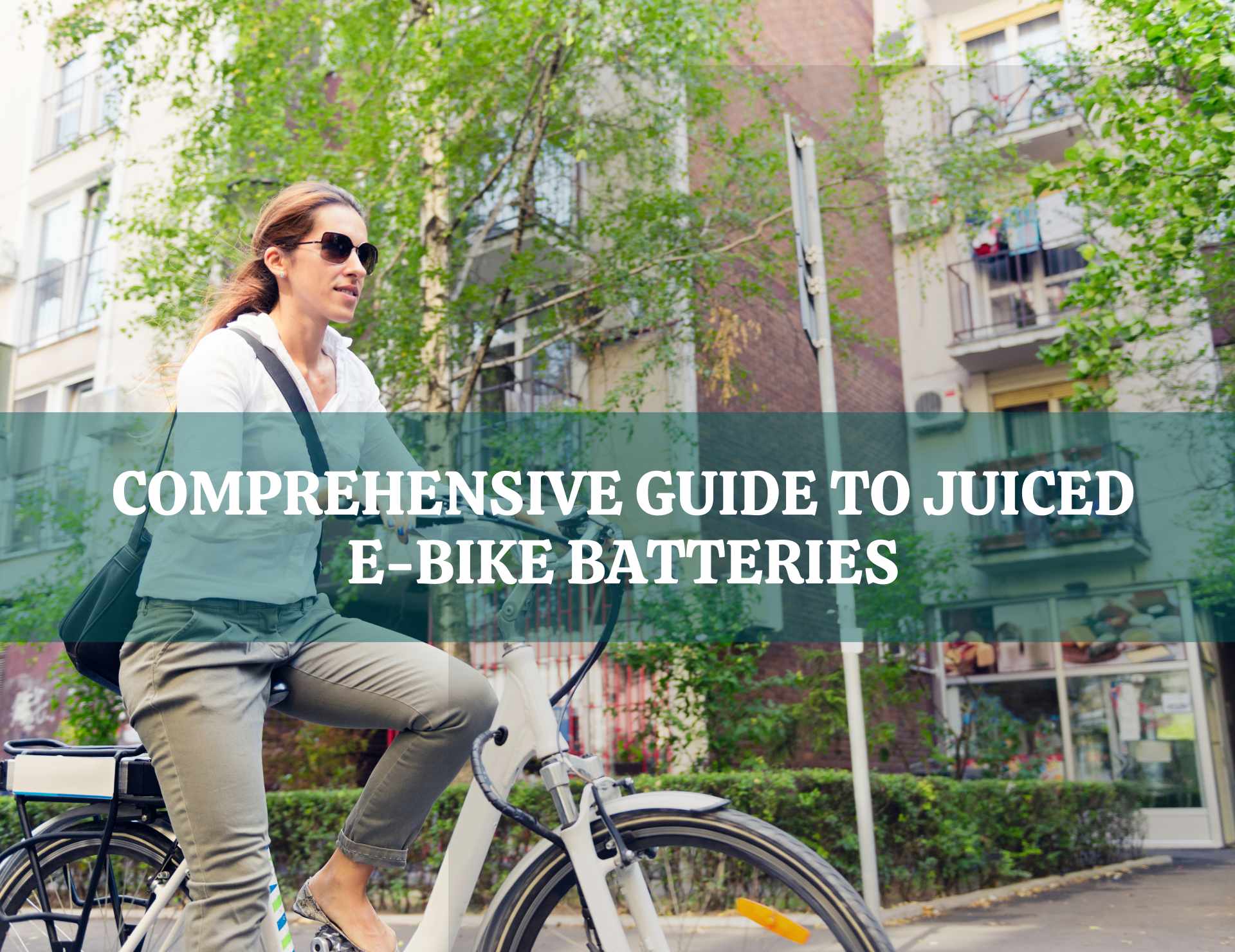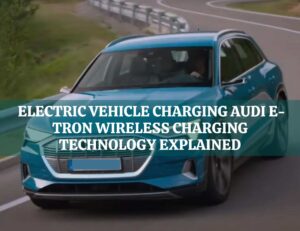In this article, we delve into the world of juiced e-bike batteries. We’ll explore their functionality, benefits, and considerations when choosing one for your electric bike. From understanding battery capacity to maintenance tips, this guide aims to provide comprehensive insights into maximizing the performance and lifespan of your e-bike battery.
How does a juiced e-bike battery work?
Juiced e-bike batteries are at the heart of electric bike technology. They operate on the principle of storing electrical energy in cells, typically lithium-ion, which power the electric motor. When you pedal or engage the throttle, the battery sends power to the motor, propelling the bike forward. These batteries have a voltage rating, often in the range of 36 to 52 volts, and a capacity measured in watt-hours (Wh), determining how far you can ride on a single charge.
Juiced e-bike batteries also feature a Battery Management System (BMS) that regulates charging and discharging, ensuring safety and optimizing battery life. Charging is typically done using a compatible charger plugged into a standard power outlet.

What are the benefits of a juiced E-Bike Batteries?
One of the primary advantages of juiced e-bike batteries is their ability to extend your riding range significantly. With advancements in battery technology, modern e-bike batteries can power rides of up to 100 miles or more on a single charge, depending on factors like terrain, rider weight, and assist level. This expanded range makes e-bikes a viable alternative for commuting and recreational cycling.
Moreover, juiced e-bike batteries contribute to eco-friendly transportation by reducing reliance on fossil fuels. They offer a sustainable mode of travel, emitting zero tailpipe emissions and helping to combat air pollution and greenhouse gas emissions. Additionally, e-bikes with juiced batteries promote active lifestyles by providing pedal-assist options that make cycling more accessible to a broader range of individuals, including those with limited physical abilities.
How do I choose the right juiced e-bike battery?
Selecting the optimal juiced e-bike battery involves considering several key factors. Start by assessing your riding needs, such as the distance you plan to cover on a typical ride and the terrain you’ll encounter. Higher-capacity batteries with more watt-hours are ideal for longer rides or hilly terrain, as they provide greater energy reserves.
Next, consider the compatibility of the battery with your e-bike model. Ensure that the voltage and physical dimensions of the battery match your bike’s specifications to guarantee a proper fit and functionality. It’s also advisable to opt for reputable brands known for quality batteries and reliable performance, even if they come at a slightly higher price point.

Tips for maximizing juiced e-bike battery life
To prolong the lifespan and performance of your juiced e-bike battery, follow these maintenance tips:
- Proper Storage: Store your e-bike in a cool, dry place away from extreme temperatures, which can degrade battery cells.
- Regular Charging: Avoid letting the battery fully discharge before recharging, as frequent partial charges help maintain optimal capacity.
- Gentle Handling: Handle the battery with care, avoiding impacts or drops that can damage internal components.
- Avoid Overcharging: Once the battery is fully charged, disconnect it from the charger to prevent overcharging, which can reduce battery life.
- Routine Inspections: Periodically check the battery and connections for signs of wear or corrosion, addressing any issues promptly.
- Follow Manufacturer Guidelines: Adhere to the manufacturer’s recommended charging and usage guidelines for your specific battery model.
Conclusion
Juiced e-bike batteries revolutionize the cycling experience by offering extended range, eco-friendly transport, and accessibility benefits. Understanding how these batteries work, their advantages, and tips for choosing and maintaining them ensures optimal performance and longevity for your electric bike.
FAQs
Can I use any charger with a juiced e-bike battery?
It’s recommended to use the charger provided by the e-bike manufacturer or a compatible charger to ensure safe and efficient charging without risking damage to the battery.
How long does a juiced e-bike battery last?
The lifespan of a juiced e-bike battery varies depending on usage, maintenance, and environmental factors. With proper care, these batteries can last several years before requiring replacement.
Can I ride my e-bike in the rain with a juiced battery?
While juiced e-bike batteries are generally water-resistant, it’s best to avoid prolonged exposure to heavy rain or submerging the battery in water to prevent damage. Using protective covers or waterproofing measures can help safeguard the battery during wet conditions.
Can I upgrade my e-bike battery to a higher capacity?
Some e-bike models allow battery upgrades, but it’s essential to consult the manufacturer or a qualified technician to ensure compatibility and proper installation. Upgrading to a higher-capacity battery can extend your riding range but may require adjustments to the bike’s electrical system.
Is it normal for my juiced e-bike battery to lose capacity over time?
Like all rechargeable batteries, juiced e-bike batteries experience gradual capacity loss over time and cycles. This degradation is normal but can be minimized with proper charging practices and maintenance.
Can I fly with a juiced e-bike battery?
Airline regulations vary, but most allow passengers to bring e-bike batteries with a capacity of 100Wh or less in carry-on luggage. For larger batteries, it’s crucial to check with the airline beforehand and follow their guidelines for safe transportation.










